Lab bottle
৳ 200.00 – ৳ 600.00Price range: ৳ 200.00 through ৳ 600.00
A lab bottle, also known as a laboratory bottle, is a specialized container designed for various tasks in scientific experiments and research
Brand: China
250ml,500ml,1000ml ,
Lab Bottle Definition and Usage:
A lab bottle, also known as a laboratory bottle, is a specialized container designed for various tasks in scientific experiments and research.
Definition:
- Made from chemically and heat-resistant materials like glass, plastic, or polyethylene.
- Features a narrow neck or opening to prevent spills and contamination.
- Often labeled or marked for safety and content identification.
Uses:
- Storing chemicals and solutions: This is the most common use, ensuring safe and organized storage of various reagents and compounds.
- Mixing chemicals and solutions: Lab bottles provide a controlled environment for accurate and safe mixing of different substances.
- Transferring chemicals and solutions: Narrow necks facilitate precise pouring and avoid contamination during transfer.
- Collecting samples: Lab bottles with appropriate closures are ideal for collecting samples for analysis or further experiments.
- Dispensing chemicals and solutions: Some bottles, like wash bottles with nozzles, are specifically designed for controlled dispensing of liquids.

Types of Lab Bottles:
- Reagent bottles: Narrow neck, screw cap, ideal for storing chemicals.
- Media bottles: Wide mouth, screw cap, suitable for culture media or larger solutions.
- Wash bottles: Squeeze bulb, spray nozzle, used for dispensing liquids for rinsing or cleaning.
- Sample bottles: Narrow neck, screw cap, designed for collecting and storing samples.
- Volumetric flasks: Long, narrow neck with a specific volume mark, used for preparing precise solutions.
Using best Lab Bottles Safely:
- Always wear gloves and safety glasses when handling chemicals.
- Avoid spills: Be careful when pouring and transferring liquids.
- Labeling is crucial: Clearly mark bottles with contents and date for identification and safety.
- Dispose of chemicals properly: Follow proper waste disposal protocols for used chemicals and empty bottles.
Additional Tips:
- Choose appropriate bottle material based on the chemicals being used.
- Use the correct type of closure for each bottle and application.
- Clean and sterilize bottles when necessary, especially for biological applications.
- Store bottles securely in designated areas to prevent accidents. Any link
By understanding the definition, uses, and safety precautions for lab bottles, you can ensure their effective and safe application in your scientific endeavors.
| Size | 250ml, 500ml, 1000ml |
|---|
Be the first to review “Lab bottle”
You must be logged in to post a review.
Related products
All Categories
৳ 1,350.00 – ৳ 3,250.00Price range: ৳ 1,350.00 through ৳ 3,250.00
This product has multiple variants. The options may be chosen on the product page

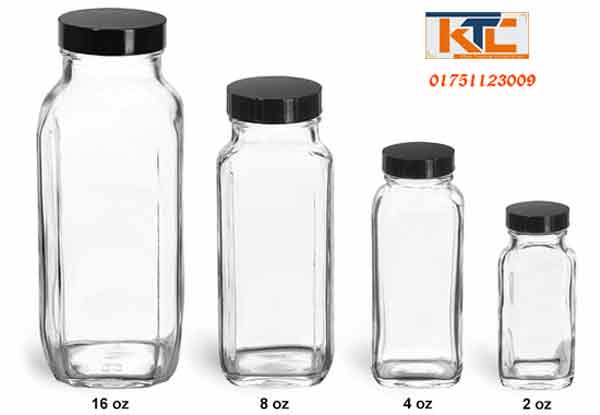

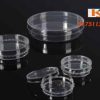
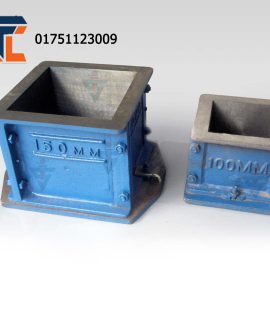
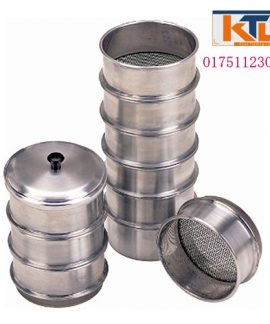
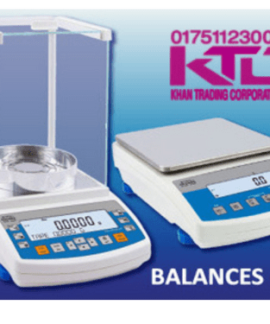
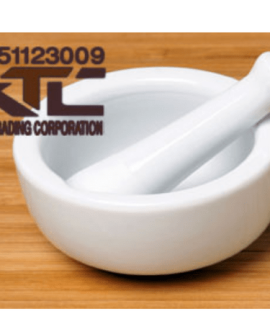
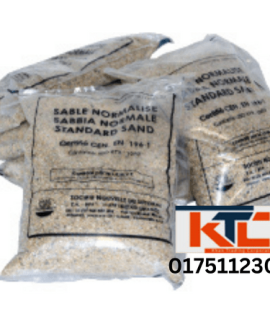



Reviews
There are no reviews yet.